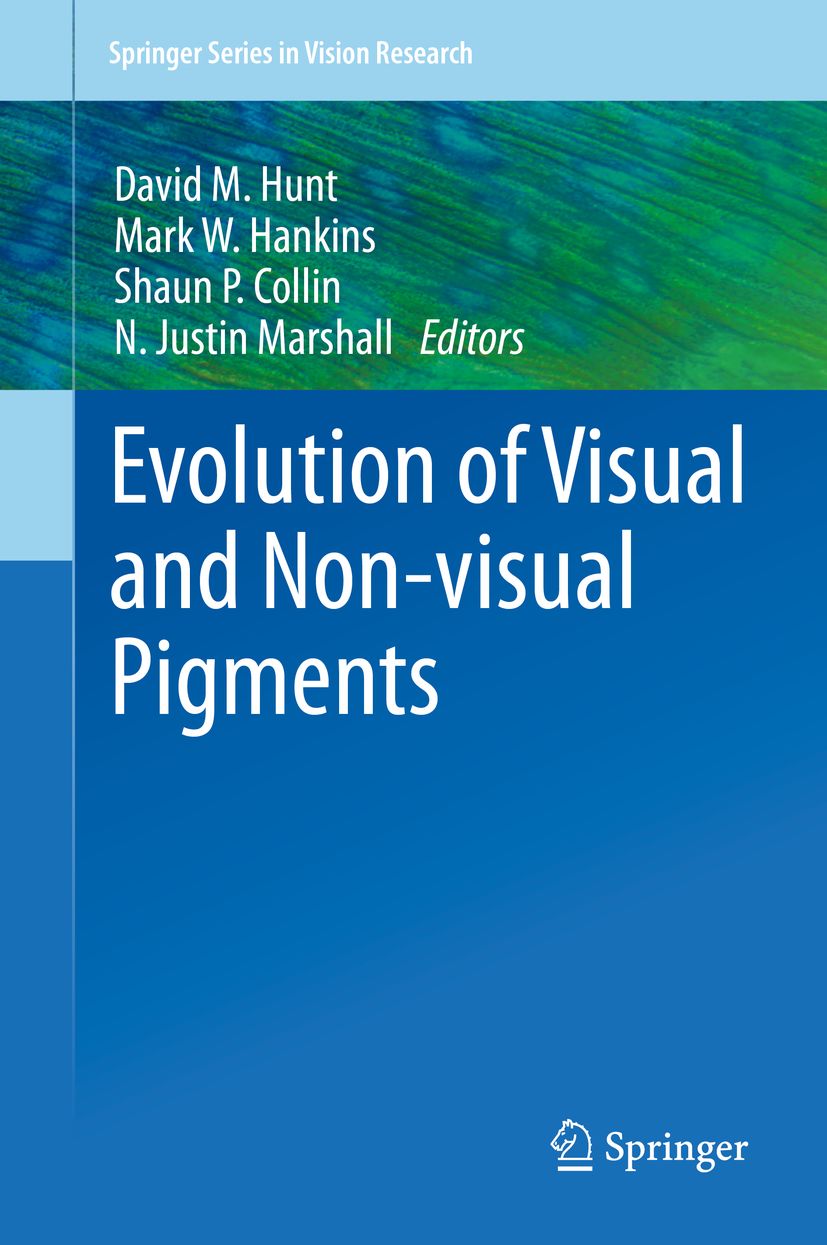
Research groups
Biography
Mark Hankins is Associate Head of the Nuffield Laboratory of Ophthalmology (NLO) and Professor of Visual Neuroscience. His research in visual physiology began with his PhD in Biophysics at Imperial College London. Retuning to Imperial College in 1993 with a Wellcome Trust Vision Fellowship, he was appointed to a Lectureship in the Medical School and became a Professor of Visual Neuroscience in 2004. In 2006 he established his research group at the University of Oxford based in the NLO.
Funding
- MRC
- BBSRC
- Wellcome Trust
- Hoffman-La Roche
2014


Mark Hankins
BSc ARCS PhD DIC
Professor of Visual Neuroscience
- Associate Head Nuffield Laboratory of Ophthalmology
Translational Optogenetics, Retinal Biology and Regenerative Medicine
Research Summary
Our research focuses on light dependent signalling in the retina and brain, including visual and non-visual light detection. We are also examining novel opsin photopigments and exploring their applications to optogenetics and translational medicine.
Background
His laboratory showed that for the first time that the human primary visual cone pathway is regulated by the activities of an irradiance detector that utilizes a novel photopigment (Hankins and Lucas, 2002).
His work has shown that in addition to providing an independent light input to the circadian system and other recipient brain areas, novel photopigments play a critical role in the regulation of local retinal physiology. Developing state of the art calcium imaging, his lab provided the first global view of inner retinal photoreception in mammals, through an examination of the rodless/coneless retina (Sekaran et al, 2003,2005). Examining retinal circuitry, he recently explored the targeted ablation of the melanopsin expressing cells, which resulted in the blockade of all non-image forming light responses, showing that the melanopsin ganglion cells are also the exclusive conduits of rod and cone inputs to these retinorecipient areas in the brain (Güler et al, 2008). His laboratory originally pioneered heterologous expression for human-melanopsin and this work provided the vital definitive evidence that melanopsin is indeed a sensory photopigment with an additional photoisomerase function more typical of invertebrate pigments (Melyan et al., 2005). Since then he has developed a collaborative structure/function and mutagenesis study (Cambridge and Manchester) of melanopsin that promises to extend our fundamental knowledge of this novel photopigment. The finding that expression of the melanopsin alone was sufficient to render neurones light responsive, has significant bio-technological implications. Hankins now leads a project developing a novel retinal optical prosthetic, which is a translational development of this basic science. The device is being developed as a generic platform for restoring vision to those blind through retinal degeneration. Professor Hankins is a visiting Professor of Bioengineering at Imperial College London.
Group Members
BBSRC senior postdoctoral researcher
German Research Foundation Fellow
Wellcome Trust Clinical Research DPhil Student
Recent Group Members
- Dr Sam de Silva, Wellcome Trust Clinical Research Training Fellow
- Dr Doron Hickey, Woolf Fisher Scholar and DPhil Student
- Jessica Rogers, EPSRC D.Phil. student
- Josephine Fu, D.Phil. student
Key publications
-
Long term restoration of visual function in end-stage retinal degeneration using subretinal human melanopsin gene therapy
Journal article
Hankins MW. et al, (2017), PNAS
-
The CRTC1-SIK1 pathway regulates entrainment of the circadian clock.
Journal article
Jagannath A. et al, (2013), Cell, 154, 1100 - 1111
-
Nonuniform distribution and spectral tuning of photosensitive retinal ganglion cells of the mouse retina.
Journal article
Hughes S. et al, (2013), Curr Biol, 23, 1696 - 1701
-
Melanopsin cells are the principal conduits for rod-cone input to non-image-forming vision.
Journal article
Güler AD. et al, (2008), Nature, 453, 102 - 105
-
Melanopsin Regulates Both Sleep-Promoting and Arousal-Promoting Responses to Light
Journal article
Hankins MW. et al, (2016), PLoS Biology
Recent publications
-
OPTOGENETIC VISION RESTORATION IN THE FACE OF SECONDARY AND TERTIARY REMODELLING IN THE RD1 MOUSE RETINA.
Journal article
Hughes S. et al, (2025), Mol Ther
-
Interaction between native and prosthetic visual responses in optogenetic visual restoration.
Journal article
Carpentiero E. et al, (2025), JCI Insight
-
Functional integrity of visual coding following advanced photoreceptor degeneration.
Journal article
Rodgers J. et al, (2024), Curr Biol, 34, 224 - 233
-
Optogenetics for visual restoration: From proof of principle to translational challenges
Journal article
HANKINS M. et al, (2022), Progress in Retinal and Eye Research
-
A Systematic comparison of optogenetic approaches to visual restoration
Journal article
HANKINS M. et al, (2022), Molecular Therapy - Methods and Clinical Development
Websites
-
Kavli Institute for Nanoscience Discovery
Research centre

